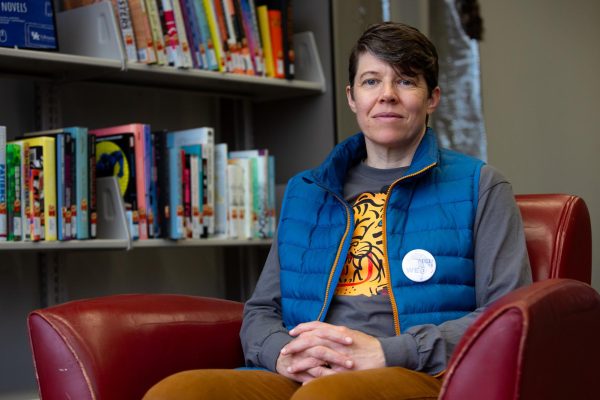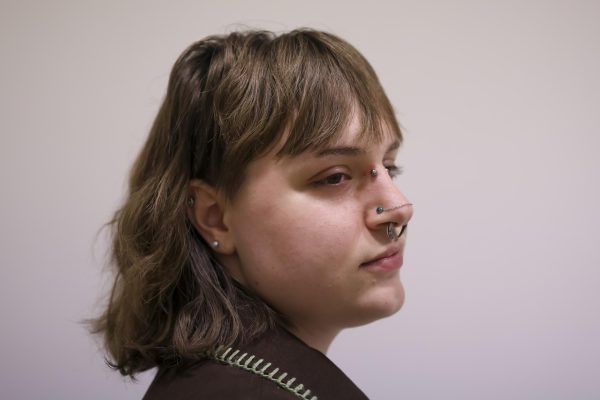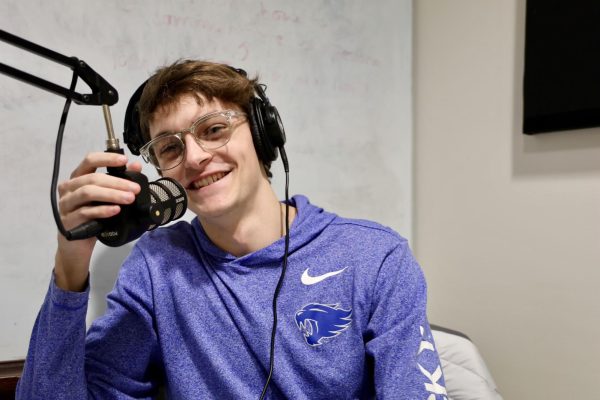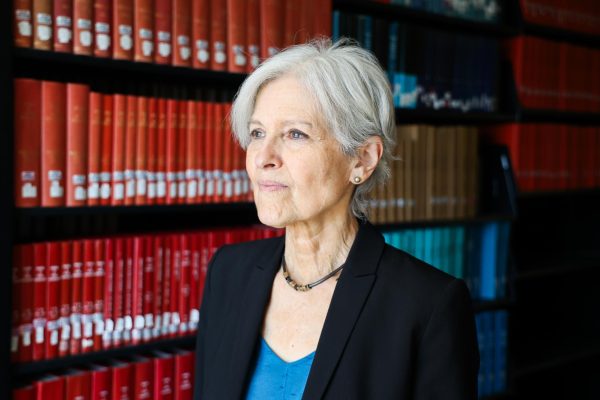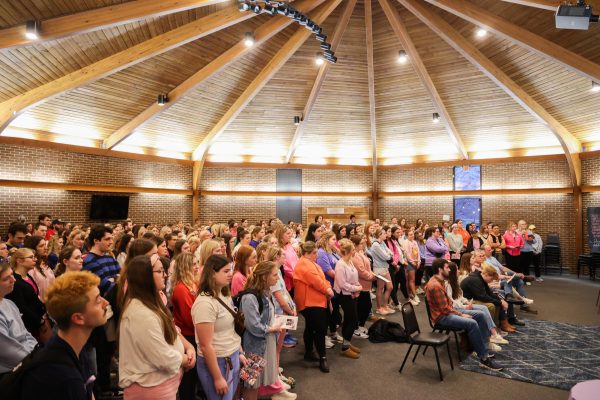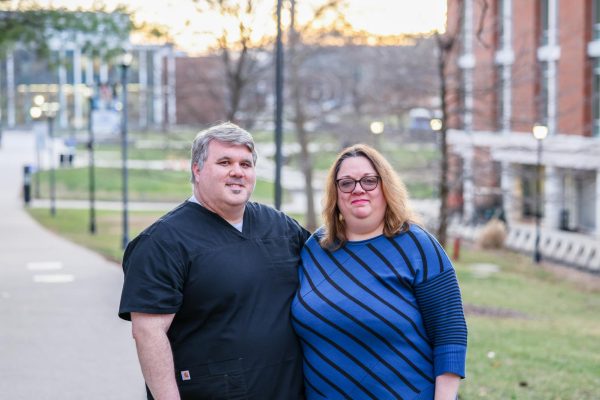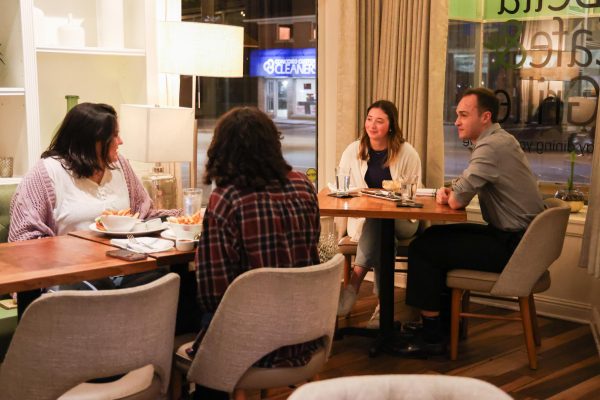Alumni’s drone dream flying high
April 17, 2016
When it’s not a bird or a plane, it’s probably a flying, floating and diving drone made by UK graduate Osamah Rawashdeh.
Suzanne Smith, a mechanical engineering professor and director of Kentucky Space Grant Consortium, met Rawashdeh as an undergraduate while working on the BIG BLUE (Baseline Inflatable-wing Glider Balloon-Launched Unmanned Experiment) project, which attempted to test how vehicles could fly on Mars.
“That’s the first time I remember meeting Osamah because he walked in carrying the brains of this experiment that was going to go up to the edge of space, and take all these pictures, and do all these cool things,” Smith said. “And he was carrying it in lovingly.”
For Rawashdeh, now an associate professor of electrical and computer engineering at Oakland University, the BIG BLUE project served as a launch pad for his childhood passion.
“Just growing up, I was always fascinated with flying. I remember I wanted to be a pilot when I was a little kid,” Rawashdeh said. “So flying was exciting since the beginning, and I guess I’m more of an applied person. I like to actually do things and implement things in the lab rather than just simulation or theoretical work, and what excited me was this idea about something that is unique and that could actually have some new applications that nobody had thought of before.”
Rawashdeh worked with a team of six students over the course of two years to create the first drone to control its buoyancy so that it could fly, float and dive.
“To be able to work on something that hasn’t existed before, for these students or for anybody out in the industry that comes up with a new idea and is making it work, is different in the sense that you don’t have anybody to go to and say, ‘How do you do this?’” Smith said.
Rawashdeh said the team “intentionally started with drone parts that are already available,” and they used open-source computer software that was modified to fit their needs. Rawashdeh used leftover discretionary funds for the side project.
His idea for the drone came when he joined the staff at Oakland University in Michigan. The lakes in Michigan provide students with different underwater competitions, but underwater communication and GPS is difficult.
“The motivation was really, ‘Oh this would be cool, how do we do this?’” Rawashdeh said. “You have a solution and then you start looking for problems.”
The solutions seem to be endless. A sheriff from Kansas contacted Rawashdeh for search-and-rescue purposes, but others have mentioned monitoring oil spills, studying marine biology, monitoring water quality, and warding off sharks and whales from shores through acoustic deterrents.
Rawashdeh said his experience at UK reflected more than just what its College of Engineering offered in the classroom.
“You go through labs, you do the classes, you learn the material, but to be a successful faculty member, or to run a successful project or have an idea and get it implemented, that takes more than what you learn in the classroom,” Rawashdeh said. “A lot that helped me be an adviser here, and that’s something I really appreciate having gotten. It’s not just about the technical work or the project itself.”












































































































































